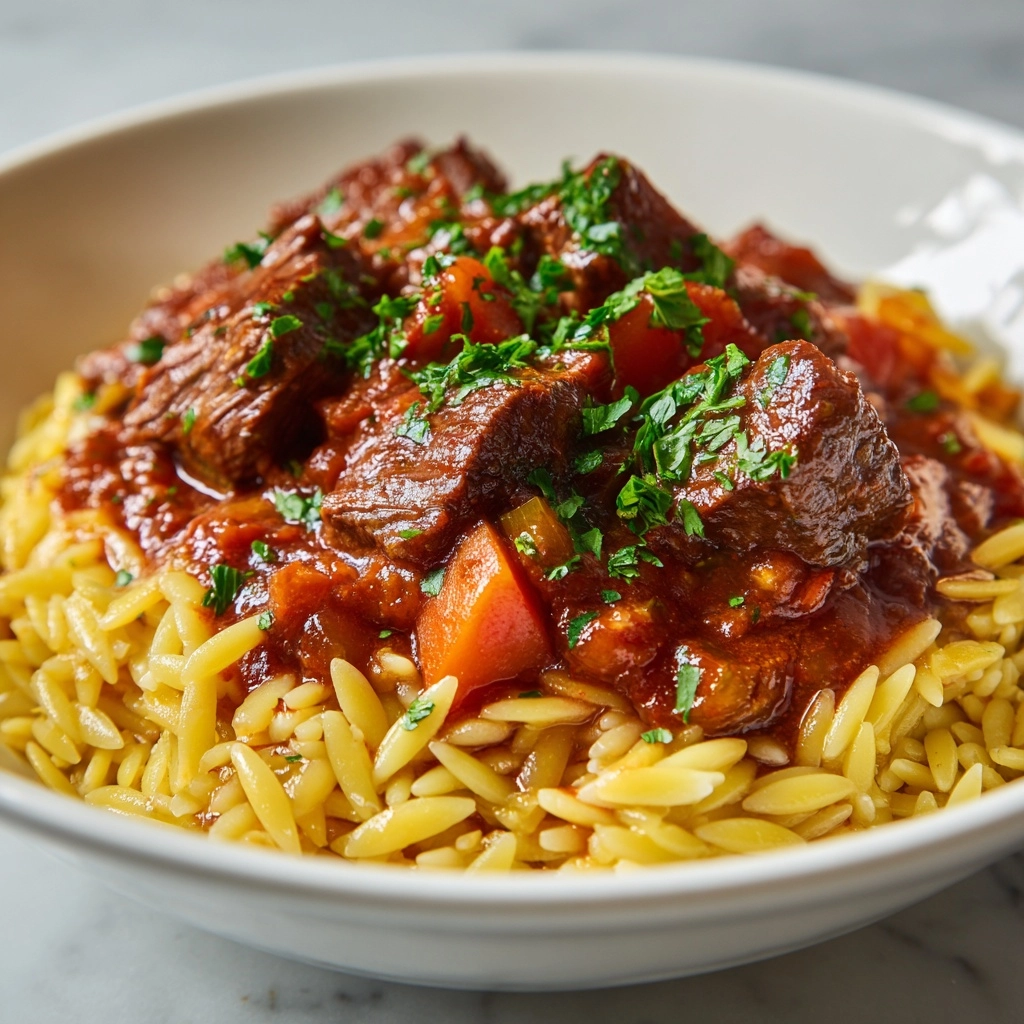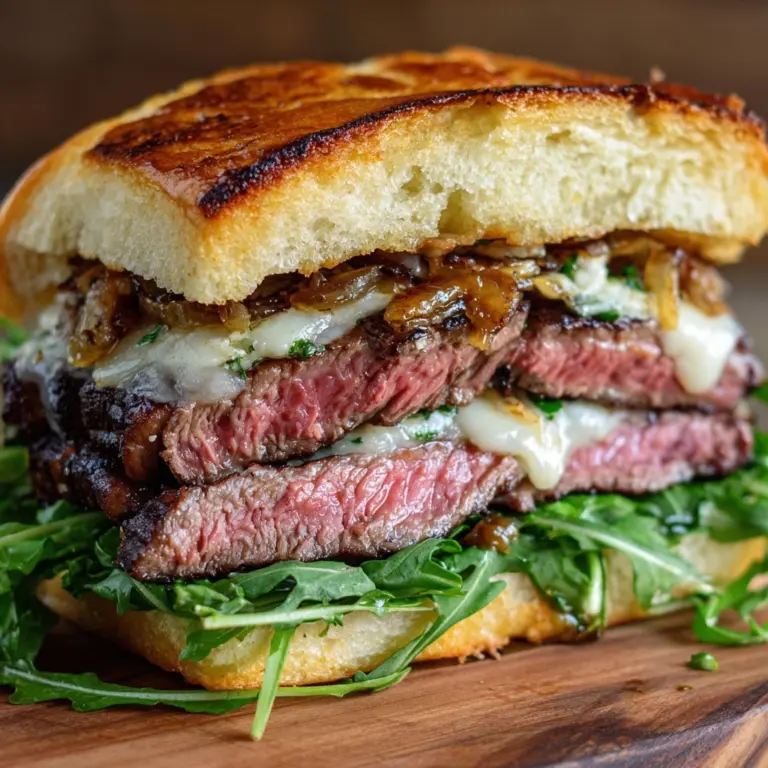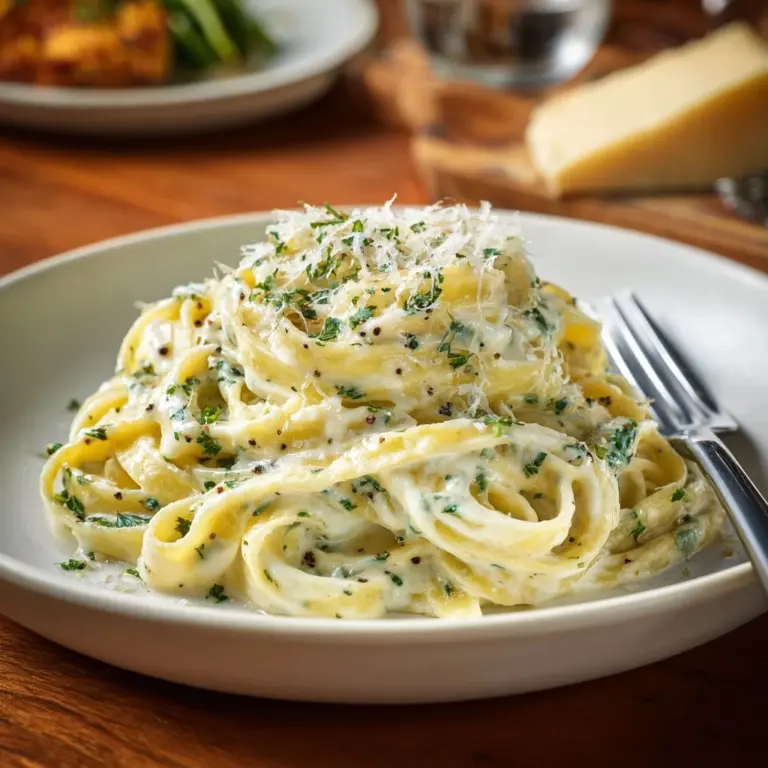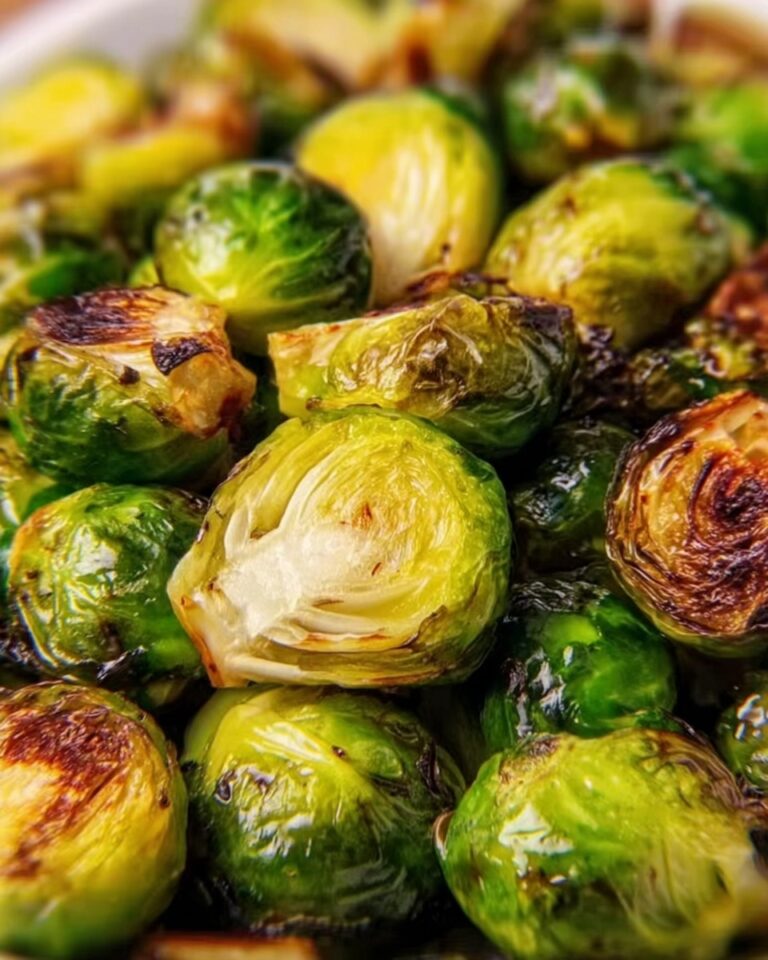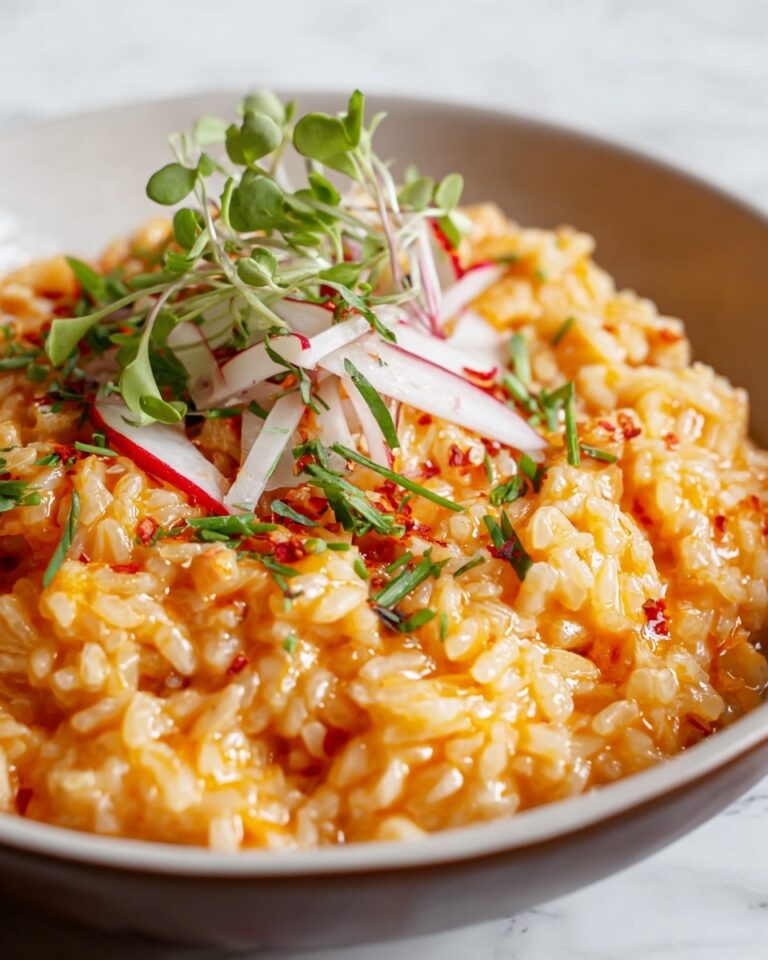If there’s one Greek dish that truly feels like a warm embrace, it’s Beef Giouvetsi. This irresistible one-pot classic pairs tender beef with orzo pasta, all gently baked in a hearty tomato sauce kissed with cinnamon, allspice, and a splash of red wine. The result is a soul-soothing meal that’s as perfect for Sunday family gatherings as it is for cozy weeknight dinners. Each bite is pure comfort, striking the ideal balance between rustic flavors and silky, melt-in-your-mouth textures. Beef Giouvetsi is more than just a meal—it’s a celebration around your table.

Ingredients You’ll Need
The beauty of Beef Giouvetsi lies in its straightforward, honest ingredients. Each component brings something special—whether it’s a pop of flavor, a touch of creaminess, or that inviting golden color on the plate. Here’s what you’ll need and why it matters:
- Beef chuck (2 pounds, cut into 1½-inch cubes): The marbling in beef chuck melts during slow cooking, delivering ultra-tender bites and rich depth.
- Olive oil (2 tablespoons): Adds signature Mediterranean flavor and creates a perfect sear on the beef for extra savoriness.
- Large onion (finely chopped): Brings sweetness and a subtle background aroma that’s essential for lush Greek stews.
- Garlic (3 cloves, minced): Offers a garlicky warmth that works magic in any tomato-based dish.
- Tomato paste (1 tablespoon): Intensifies the tomato flavor and adds body to the sauce.
- Crushed tomatoes (1 can, 14.5 oz): The foundation of your sauce, lending both color and sweetness.
- Dry red wine (½ cup): For deglazing and building up the deep, complex flavors that Beef Giouvetsi is famous for.
- Beef broth (3 cups): Adds extra richness and helps the orzo plump up during baking.
- Ground cinnamon (1 teaspoon): A classic Greek touch, this spice adds warmth and a bit of intrigue.
- Ground allspice (½ teaspoon): Balances the sweet and savory notes with a whisper of earthiness.
- Bay leaves (2): Imparts a gentle herbal depth to the sauce as it simmers.
- Salt and freshly ground black pepper (to taste): Because seasoning as you go makes all the difference.
- Orzo pasta (1½ cups): The defining ingredient—tiny pasta grains soak up all the bold flavors while remaining deliciously tender.
- Grated kefalotyri or Parmesan cheese (½ cup): For a nutty, salty finish—either cheese is wonderful, but kefalotyri takes it to authentic new heights.
- Chopped fresh parsley, for garnish (optional): Sprinkled on top for a bright pop of color and fresh lift to each serving.
How to Make Beef Giouvetsi
Step 1: Sear the Beef
Start your Beef Giouvetsi journey by heating olive oil in a large Dutch oven or oven-safe pot over medium-high heat. Sear the beef cubes on all sides until they develop a gorgeous brown crust—work in batches if needed to avoid crowding. This step locks in flavor and sets the foundation for a truly rich stew. When browned, transfer the beef to a plate and set aside.
Step 2: Build the Base
In the same pot (no need to clean it!), add your finely chopped onion. Sauté for 4–5 minutes until softened and sweet, scraping up any tasty brown bits left behind. Stir in the minced garlic and tomato paste, cooking for another minute to let those aromatics bloom. This is where the mouthwatering smells really begin!
Step 3: Deglaze and Simmer
Pour in the dry red wine, using a wooden spoon to loosen up any bits stuck to the bottom of the pot—these equal big flavor! Once the wine has simmered down a touch, return the browned beef to the pot. Add in the crushed tomatoes, beef broth, cinnamon, allspice, bay leaves, salt, and pepper. Stir everything together, then bring to a gentle simmer.
Step 4: Slow Bake for Tenderness
Cover your pot and transfer it to a preheated 350°F (175°C) oven. Bake for 1½ hours, letting the beef become tender and the sauce meld into something extraordinary. This lingering bake transforms basic ingredients into the soul of Beef Giouvetsi.
Step 5: Add Orzo and Finish
Remove the pot from the oven—don’t forget to inhale that amazing aroma! Stir in the orzo pasta, making sure it’s evenly distributed throughout the sauce. Return the pot, uncovered, to the oven and bake for an additional 20–25 minutes. Stir once halfway through, so the orzo cooks evenly and soaks up every drop of flavor. When the orzo is plump and the sauce is mostly absorbed, you’re ready to finish the dish.
Step 6: Garnish and Serve
Take the Beef Giouvetsi out of the oven and remove the bay leaves. Sprinkle with grated kefalotyri or Parmesan cheese while the dish is piping hot, letting it melt just a bit. Top with chopped fresh parsley for a final flourish, and serve straight from the pot for maximum coziness.
How to Serve Beef Giouvetsi

Garnishes
The crowning glory of Beef Giouvetsi is a generous shower of grated kefalotyri or Parmesan cheese—it melts beautifully, adding umami and creaminess with every bite. A sprinkle of fresh parsley offers color and a burst of herbal freshness. For a bolder twist, try adding a touch of lemon zest or a drizzle of good olive oil before serving.
Side Dishes
Beef Giouvetsi pairs best with simple, fresh accompaniments. A crisp Greek salad with tomatoes, cucumbers, and olives brightens up the meal. A loaf of crusty country bread is perfect for mopping up all that luscious sauce. Roasted or steamed vegetables also make a colorful, healthy addition to your table.
Creative Ways to Present
For an impressive dinner-party presentation, portion Beef Giouvetsi into small individual baking dishes before the final orzo bake. Alternatively, serve it in a wide, shallow platter at the table, family-style, for a rustic and inviting touch. You can even try stuffing the mix into roasted bell peppers for a playful Greek-inspired twist.
Make Ahead and Storage
Storing Leftovers
Once cooled, store leftover Beef Giouvetsi in an airtight container in the refrigerator. The flavors actually deepen overnight, making the next day’s serving even better—just be sure to eat leftovers within 3–4 days for the best quality and freshness.
Freezing
Beef Giouvetsi freezes like a dream. Portion cooled leftovers into freezer-safe containers or sturdy zip-top bags (removing as much air as possible), then label and freeze for up to three months. Thaw overnight in the fridge before reheating for a quick, satisfying meal.
Reheating
To reheat, place Beef Giouvetsi in an oven-safe dish, cover with foil, and warm in a 325°F (160°C) oven until hot. You may want to add a splash of beef broth or water to loosen up the sauce and refresh the orzo. Alternatively, gently reheat servings in the microwave, stirring halfway through for even heating.
FAQs
What type Main Course
Beef chuck is ideal because its fat content keeps the meat juicy and tender during the long bake. If you prefer, you can also use beef shank or brisket for equally delicious results.
Can I substitute the orzo with another pasta?
Orzo is traditional in Beef Giouvetsi, but you can use other tiny pasta shapes like rice-shaped pasta (kritharaki) or even small ditalini—just keep an eye on cooking times and add extra liquid as needed if the pasta’s especially absorbent.
Is there a good alternative to kefalotyri cheese?
Absolutely! Parmesan makes a wonderful substitute with its nutty, salty flavor. Pecorino Romano also works in a pinch if you’re looking for a more assertive cheese option.
Can I make Beef Giouvetsi with lamb or chicken?
Yes, this dish is flexible. Lamb is actually a very traditional option in many Greek homes, and chicken works beautifully if you want a lighter meal. Just adjust the baking times since chicken may cook faster.
How do I keep the orzo from sticking or turning mushy?
The secret is to stir the orzo in well and bake it uncovered for the final 20–25 minutes. Don’t overbake—once most of the liquid is absorbed and the orzo is tender, it’s time to serve. If it gets too thick, simply add a splash of broth before reheating.
Final Thoughts
I can’t recommend Beef Giouvetsi enough—it’s comfort food at its most soulful and inviting. With just one pot and a handful of pantry staples, you can create a dish that feels both timeless and special. Gather your ingredients, invite some friends or family, and let this Greek classic warm up your kitchen and your heart!

